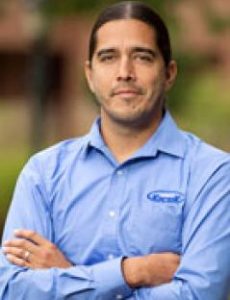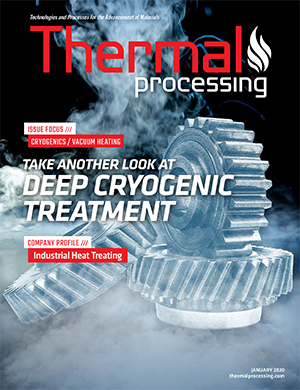
With the fast pace of change in the heat-treat industry, it is understandable that more automation is in demand. This automation inevitably improves repeatability and reduces quality risks. Automation can include control-based automation, where the furnace control system automatically cycles temperature and associated events based on pre-programmed parameters. It is more common now for engineers to document the required parameters based on material and customer requirements and flow this down to the heat treater who operates the furnace. It seems heat treaters are becoming less common and furnace operators are taking their place. By this I mean that furnace operators are running the furnace but not necessarily determining parameters based on the requirements from customers. With this comes a different approach to training. In this article we will discuss more modern methods of operator training that are in line with the changes in the heat-treat industry.
Technical Training
Before the rise of furnace automation, heat treaters typically operated the furnace and, at times, determined process parameters based on material and customer requirements, albeit more commonly in the commercial heat-treating industry. When I started in the aerospace heat-treat industry, it was not uncommon for a heat treater to receive, say, A2 with a requested hardness and nothing more. The heat treater would then choose the temperature and time needed to achieve the required hardness. The heat treater would typically check hardness as well. Heat treaters who performed these tasks required training that included some level of metallurgy as well as furnace operation and maintenance.
Operational Training
As furnace operators take the place of heat treaters, the training required for furnace operators will differ greatly than that of a heat treater. For a furnace operator, a good training plan will include in-house procedures and less industry specification and metallurgical training. Training can be focused on internal procedures that specify not just how to operate a furnace, but how to charge a load, place load thermocouples, and what to do with out-of-tolerance conditions. No level of metallurgical knowledge is necessary any longer. This is due to engineering documenting the process parameters on standard work (i.e. procedure, router, work instruction, etc.) and flowing this down to furnace operators. With the rise of furnace automation, it is simply a matter of furnace operators selecting the furnace program that is stated on the standard work since the programs stated are pre-set with process parameters that apply.
Nadcap Training Requirements – Heat Treat
There are several questions within the Nadcap baseline heat-treat checklist that address training. For those who are Nadcap accredited, it is important to read each question in detail to ensure compliance.
Paragraph 4.1.1: Are there training procedures that assure personnel performing contract review, job planning, heat treating, and associated quality and test functions are competent to perform assigned tasks?
Reading this question carefully, you can see there are several requirements within this single question. Do personnel performing 1) contract review, 2) job planning, 3) heat treating, and 4) quality-related tasks receive training that ensures they are 5) competent to perform the task? In this article we are discussing training for furnace operators, but as you can see, this question includes training for other areas that have the potential to affect heat treat. The way question number five is worded should push us more toward competency training that would include internal procedures and policies, less metallurgy, and industry/prime specifications.
Summary
Of course, training furnace operators will have its challenges. It is important to find furnace operators with the approach that is best for your operations. Assuming the training plan is sufficient for furnace operators to perform their job successfully, operator error should be seen as an opportunity for engineering, quality, and management to re-examine their training program to mitigate possible mistakes.


























